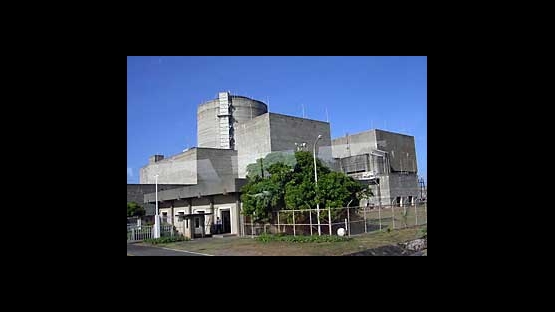Earlier this year, the IAEA was asked by the government of the Philippines to advise on the recommended steps to follow and matters to be considered in rehabilitating Bataan Nuclear Power Plant (BNPP), a completely built pressurized water reactor that has been "mothballed" since 1986. A team of experts was deployed by the IAEA in February 2008 to counsel the Philippines government on the practicalities of revitalizing the plant.
In preparing a report on the feasibility of rehabilitating the inactive plant, the IAEA made two primary recommendations. First, BNPP´s status must be thoroughly evaluated by technical inspections and economic evaluations conducted by a committed group of nuclear power experts with experience in preservation management. Second, the mission advised the Philippines on the general requirements for starting its nuclear power programme, stressing that the proper infrastructure, safety standards, and knowledge be implemented.
"In the case of Bataan, the plant was completed over 20 years ago. Our mission visited the plant to gauge the current state of the plant, but our suggestion to the Philippines was simply on what steps they need to take and what needs to be considered to complete their own assessment," explained Akira Omoto, Director of the IAEA´s Division of Nuclear Power and leader of the mission to the Philippines.
"The government has to assess what the new licensing requirements should be, how to modernize the two-decades old technology to current standards, and how to confirm that all aspects of the plant will function properly and safely. It is not the IAEA´s role to state whether the plant is usable or not, or how much it will cost to rehabilitate," said Omoto.
IAEA´s Role
Delayed or suspended nuclear power plants exist in several countries scattered across the globe, and the IAEA has assisted countries on various projects in Eastern Europe, Argentina, and Brazil.
The IAEA is not able to provide support for commercial decisions for nuclear power plants, as this falls outside of the Agency´s mandate. The IAEA is, however, able to provide assistance to countries who ask for technical support on a variety of delayed plant-related issues, including:
- Project management organization;
- Assessment of a power plant´s existing conditions, including physical status, documentation, licensing, material control;
- Strategic plan for a plant´s rehabilitation;
- Economic and financial conditions; and
- Recommended steps for verification of a plant´s condition.
Over the past decade, the IAEA has gathered information on how to help countries resume delayed nuclear power projects. To that end, the IAEA published a technical document in 1999 on Management of Delayed Nuclear Power Plant Projects and published a related document Restarting Delayed Nuclear Power Plant Projects earlier this year.
"What the IAEA does in support of delayed nuclear power stations is to show countries what needs to be done, what sort of assessment needs to be conducted," said Omoto.


